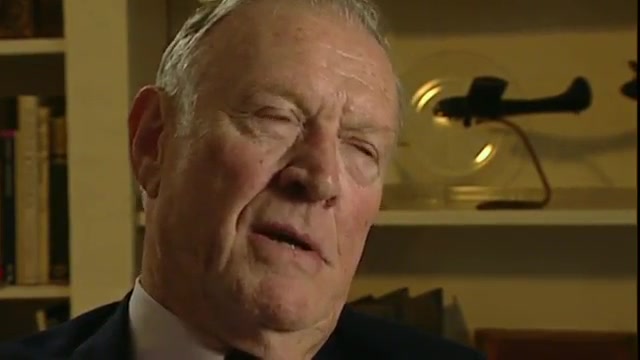

Outside the museum’s entryway, a vintage World War II C-47 stands guard, offering a preview of the exhibits inside. The old terminal building was completely refurbished and expanded to include a soaring, glass-walled Hangar Gallery. Interior of the spacious main hall of the Silent Wings Museum with its centerpiece-a restored Waco CG-4A glider-on display. In 2002, the former Lubbock civilian airport terminal, which was standing virtually empty after a new terminal was built at Lubbock’s Preston Smith International Airport in 1975, became the new home of the Silent Wings Museum. In the late 1990s, the aging pilots were determined to find a new home, with new ownership, for the museum. SPAAF and the legacy of the glider pilots both seemed to be fading from history when, in the mid-1980s, a group of veteran pilots decided to launch their own museum in Terrell, Texas, east of Dallas. A new, modern air terminal was built during the 1950s on the western edge of the old base while the cantonment portion of the base steadily disappeared. A C-47 “Skytrain” transport plane of the type used to tow gliders in WWII stands outside the museumĪfter the war, SPAAF was closed and the facility returned to the City of Lubbock. Located on municipal airport property leased by the Army from the city, SPAAF was a vital link in the training process for glider pilots. World War II uniforms on display along with a Laister-Kauffman TG-4 training glider and nose section of a British Horsa glider in the background.Īpproximately 80 percent of these forgotten flyers trained at South Plains Army Airfield (SPAAF) in Lubbock, Texas-located approximately 330 miles west of Dallas-going through their advanced training and receiving their “G” Wings at SPAAF. The pilots then became infantrymen, performing “ground-pounder” tasks until they were released to make their way back to their home airfields for additional missions.

They flew their unarmed and unarmored CG-4A gliders on one-way missions behind enemy lines in support of Allied airborne divisions, such as the 82nd, 101st, and 17th Divisions. In the United States, these huge “flying-boxes-with-wings” were piloted by a small corps of about 6,000 specially trained volunteers.

A mannequin demonstrates how the hinged nose of a CG-4A could be opened to allow for large cargo to be loaded and unloaded. and British operations at Normandy, into Southern France, Holland, and finally across the Rhine into Germany relied heavily on airborne elements.įor these operations to succeed, the paratroops on the ground needed instant support in the form of reinforcements and resupply, otherwise they could not have held their ground. They killed and captured several hundred Germans and repulsed tank attacks during the night battle which lasted from approximately 2300 hours to 0130 hours.During World War II, the use of airborne forces to “vertically envelop” the enemy went from an untested theory to a major part of offensive tactics, first for Germany and then the Allies. Of these approximate 301 men (including HQ and platoon leaders), one was killed by sniper fire on the ground, 5 were wounded (2 in the air and 3 on the ground), two who flew pilot and copilot in same glider were MIA (glider lost) eventually deemed KIA. 50 caliber machine gun, bazookas and anti-tank guns. 30 caliber machine guns and at least one. For the Battle of Burp Gun Corner they had a variety of weapons including two. The 435th consisted of 4 platoons containing 6 squads of approximately 12 men per squad. The 435th Glider Pilot Combat Team was organized and trained several weeks before the Wesel mission. I do not know how the rifle type was determined other than possible choice of each pilot. Some carried Thompson sub-machine gun, some carried "grease" guns, some carried the M-1, some carried the M-1 carbine. They were to fight as needed until such time as they could separate and get to their designated assembly area for return to base. US GPs were to help unload and secure (FWIW) the glider on the ground. Glider riders (airborne troops) were not glider pilots and were not trained as glider pilots. They were not Airborne as were the 82, 101, 17, etc. FWIW, US glider pilots were assigned to Troop Carrier units as were their gliders.


 0 kommentar(er)
0 kommentar(er)
